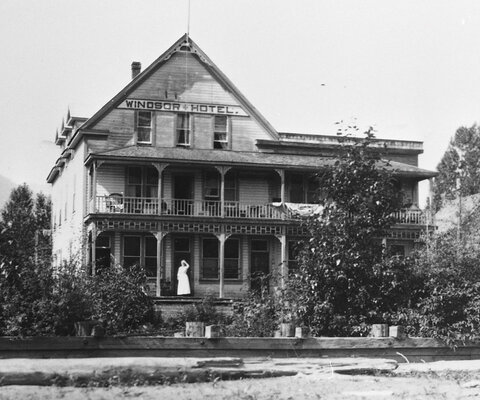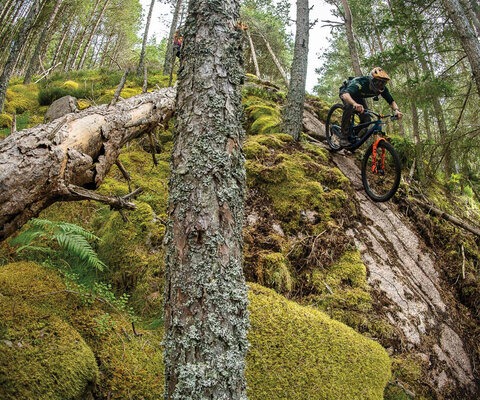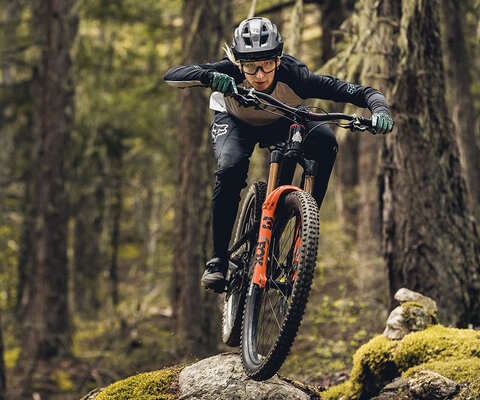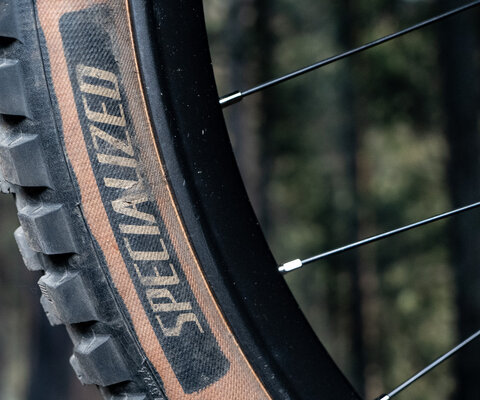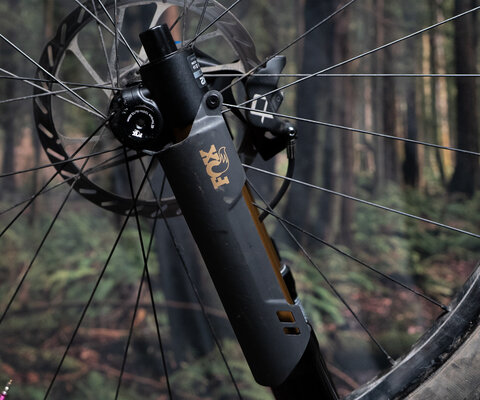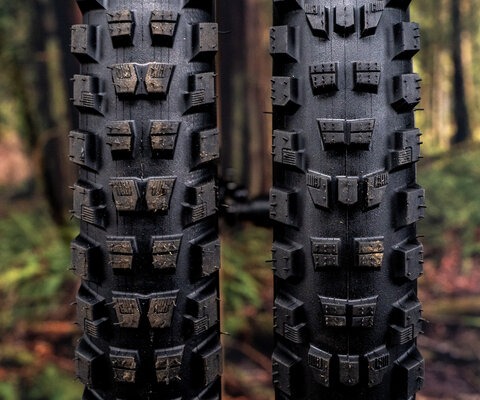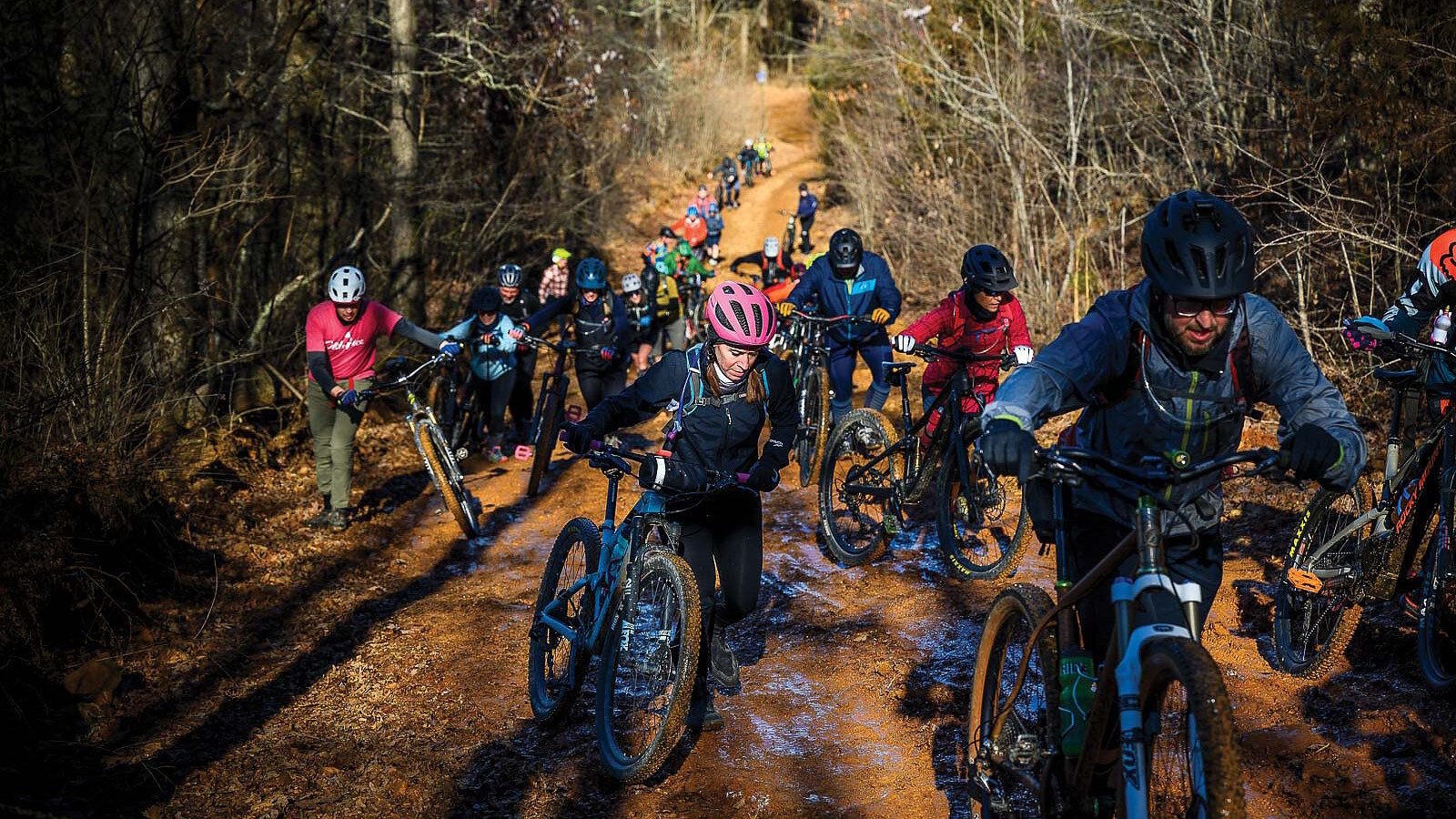
Grilled Cheese & Frozen Toes Nineteen Years of the Buffalo Headwaters Challenge
Words by Jess Daddio
This February, the Ozark Off Road Cyclists (OORC) celebrated its 19th running of the Buffalo Headwaters Challenge, an annual bike bash based in Red Star, Arkansas, a rural community 50 miles southeast of Fayetteville in the Ozark National Forest.
Part party, part group ride, the Challenge is an intrinsic part of Northwest Arkansas’ mountain bike history. Long before the Walton family turned Bentonville into an urban bike playground, there were the Kuffs and the Whites, two back-to-the-land families who scratched singletrack into their backyards, then challenged their friends to ride from one homestead to the other.
Ira White was just a teenager when he first rode from the Kuff family’s homestead in the Upper Buffalo Headwaters to his family’s homestead one ridge south in the Big Piney Headwaters. Back then, in the early 2000s, the trails in the Upper Buffalo where Kate and How Kuff lived were more primitive than the Forest Service-recognized, International Mountain Bicycling Association (IMBA) Epic trail system that exists today. Some of the trails followed old logging roads and four-wheeler tracks that How and the White family had painstakingly cleared. Other trails were freshly benched. They were hand cut and narrow, steep and technical, but above all, they were remote.

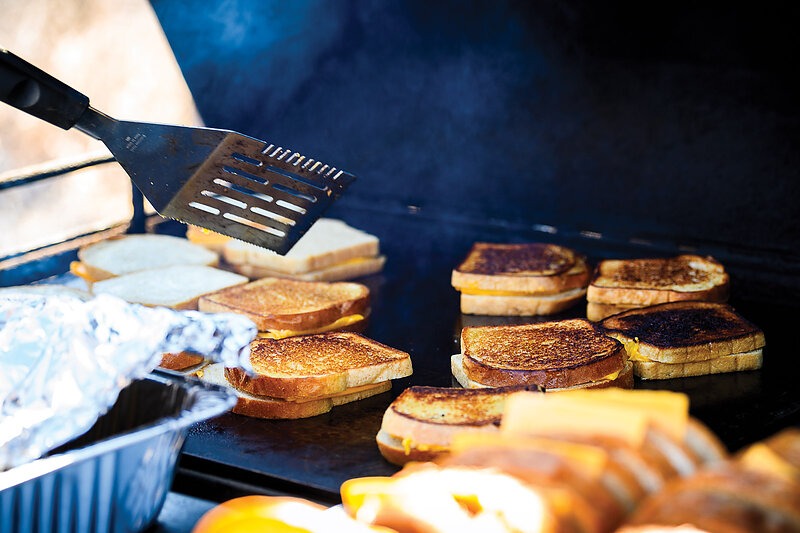
“It’s intended to be a challenge. it’s intended to test you as an individual and test your resolve to get on your bike. the camaraderie and the spirit and the friendships and the appreciation for our natural environment is probably the best part of [the challenge].”—Chuck Maxwell
Once you entered the heart of the Ozarks, it was just you, your bike, and your wits. There was, and remains, no cell service. The nearest hospital is still more than an hour away. Before the IMBA Epic designation in 2014, there weren’t even trail signs. When White first started riding, he was more likely to see a bear in the woods, a feral hog in the understory, or an otter in the river than another person, never mind another mountain biker. The Kuffs and the Whites loved that about their national forest backyard; they also wanted to share it with others.
So, they invited friends to ride from the Kuff’s house to the White’s every year during the last weekend of January. They dubbed it the Headwaters Challenge. At first, the Challenge was little more than a group ride and a potluck. Kate Kuff made tomato soup and grilled cheese sandwiches. The Whites kept their woodstove stoked. Post-adventure shuttle rides were arranged, which was easy enough to organize.
“We thought it was a lot when there were 15 or 16 people,” White says, remembering the early days of the ride.
A course was marked, albeit loosely: keep the pink ribbons on your right. Some years the ride was 25 miles. Other years, it was over 40. No one was dropped. The climbing always felt like a kick in the teeth, totaling more than 3,500 feet no matter the distance. There were no aid stations or resupply stops. Participants carried what they needed for a full day in the woods.
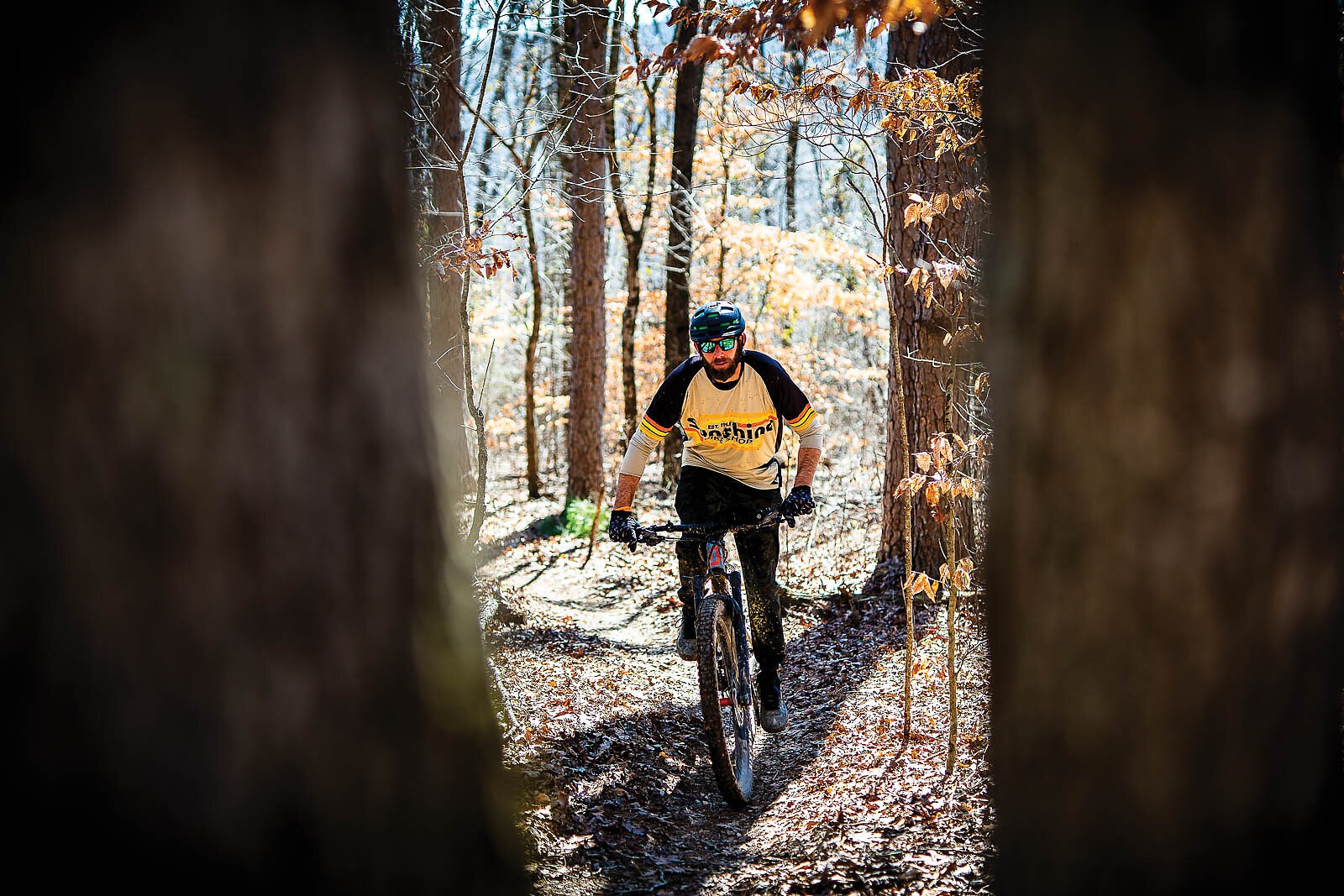

Ask anyone from those early years of the Challenge why the ride took place on that particular winter weekend and you’ll get mixed answers. How Kuff’s then-wife Kate blamed the National Football League.
“That was the week between the playoffs and the Super Bowl and he didn’t want to miss any football games,” she says.
For White, the Challenge was perfect timing. In the winter, the trails are tacky and open, free from the grip of summer’s brush and poison ivy. Ticks and chiggers lie dormant for the season. Three-story icicles cling to ravines. The streams are fuller, bluer somehow than they are in the summer. Sure, an Ozark winter day can be cold and wet and downright miserable, but occasionally it can be as fine and sunny as any spring day. But former OORC president Phil Penny remembers the reason for the season differently.
“How Kuff likes to make things hard and unpredictable and January was the wickedest month he could pick,” says Penny. “Maybe it was the best time to torture people. Mountain bikers are that way sometimes.”
The riders took solace in the experience of shared suffering. And suffer they did. Highroller Cyclery owner Chris Dillard remembers one year the weather deteriorated from 40 degrees and cloudy to freezing and snowing. Near the end of the ride, the Challenge crossed the Buffalo River. Swollen from recent rains, the river was thigh-deep on Dillard, who is 6 feet 3 inches tall. Frozen and wet from head to toe, Dillard’s extremities were so numb he had to physically look down at his feet to make sure he was fully clipping into his pedals.
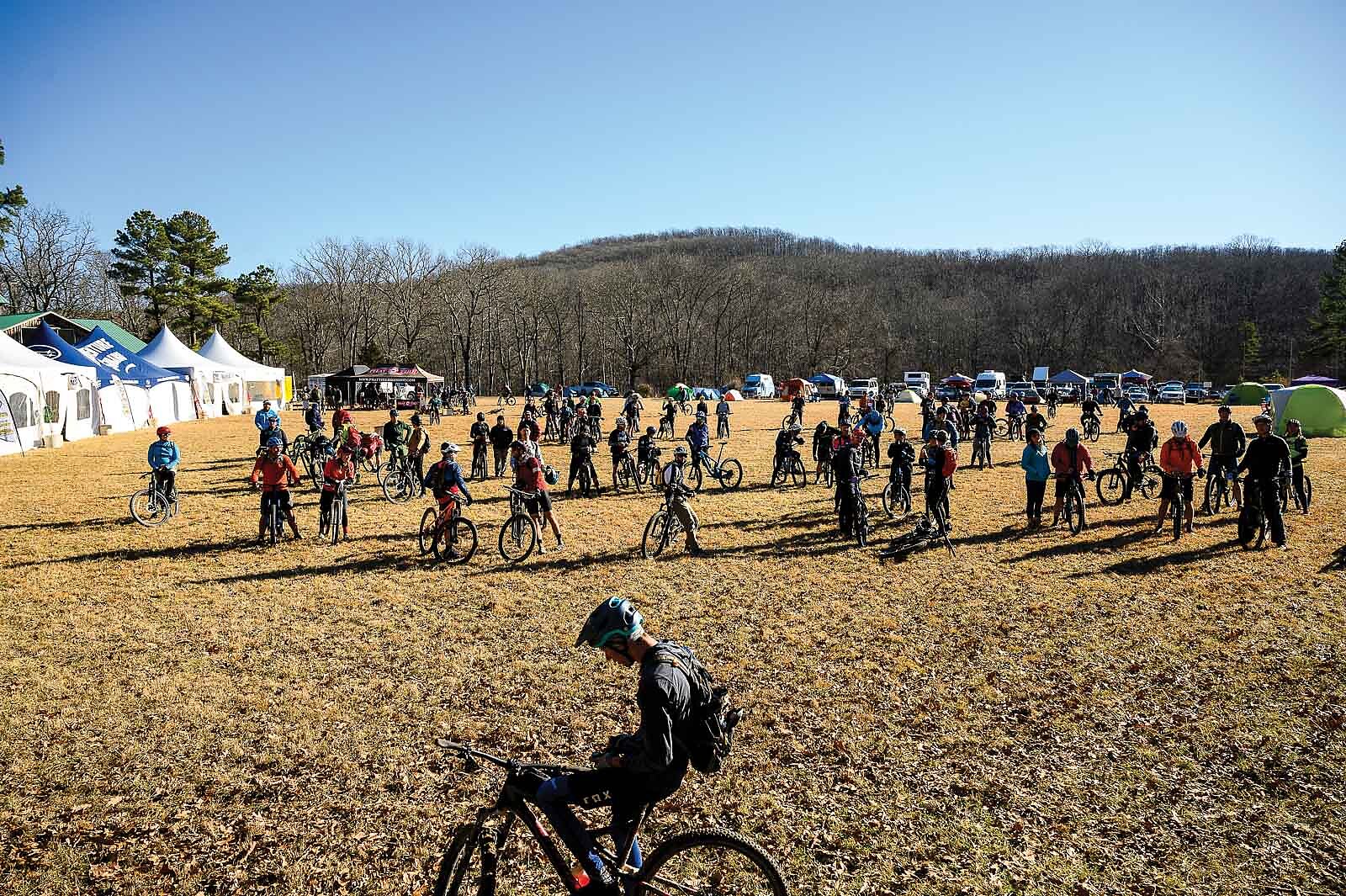
“I have a couple of friends I rode with that day and we still talk about it,” Dillard says. “I hate to use the word epic because epic doesn’t really do it justice. It was one of those ones that was so hard it was a huge accomplishment just to finish it.”
As the Challenge grew, so, too did the ride’s ruthless reputation. One year, former OORC president Chuck Maxwell wore knee-high snake boots during the ride in an effort to keep his feet warm and dry. But even knee-high rubber boots were no match for the waist-deep crossing of the Lower Buffalo. Ever-present threat of hypothermia aside, Maxwell says the Challenge holds a special place in his heart.
“Those times are some of the most silent and beautiful and magical experiences I’ve ever been involved with,” Maxwell says. “It’s intended to be a challenge. It’s intended to test you as an individual and test your resolve to get on your bike. The camaraderie and the spirit and the friendships and the appreciation for our natural environment is probably the best part of [the Challenge].”
Instead of scaring folks away, the mystique of the Buffalo backcountry lured riders in by the dozens. In only a few years, the Challenge’s attendance grew from 10 riders to 50, too big to reasonably host at either the White’s or the Kuff’s. Around 2014, the ride permanently moved to the Headwaters School in Red Star. Today, the Buffalo Headwaters Challenge feels more like a three-day festival, complete with live music, trailside DJs, guided trail runs, shorter alternatives to the big Challenge, a gravel challenge, and even the option to shuttle downhill runs at the nearby Buffalo Outdoor Center. At its peak, the Challenge brought 500 riders from 13 states to this quiet pocket of Northwest Arkansas. To limit its impact, the event is now capped at 350 riders and volunteers. It remains the OORC’s largest membership drive and fundraiser.
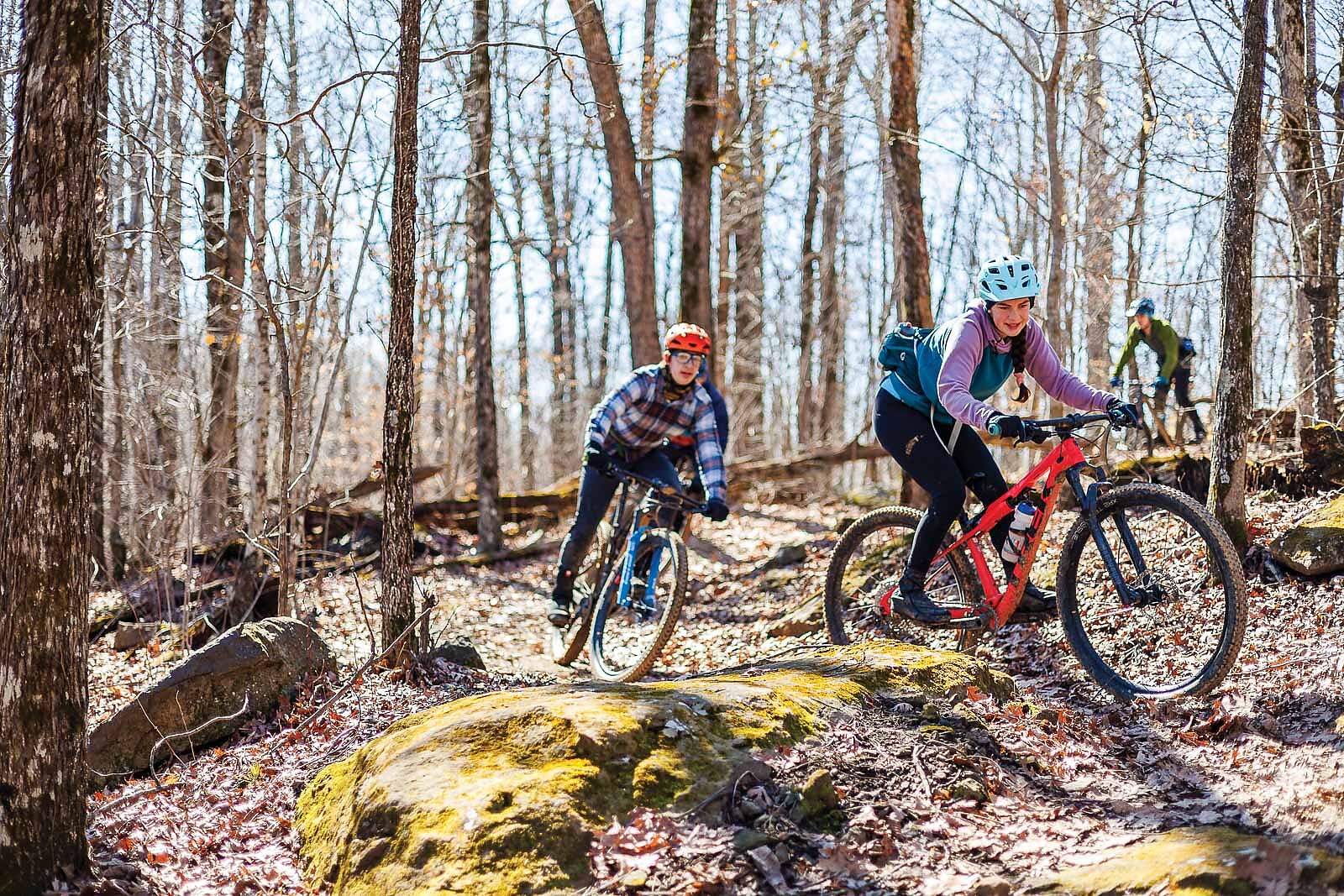
Although some things have changed since the early days of the Challenge, much of its original ingredients are still there. There’s the three-mile, 1,000-foot descent from the Buffalo Lookout Tower, which sits on the highest point on the Ozark Plateau, Wahzhazhe Summit (2,562 feet), named for the Osage Nation that lived in the area for 1,300 years before being forcibly removed. There are the volunteers who make middle-of-nowhere-Arkansas feel like a home away from home. There’s still no cell phone service nor Wi-Fi at the event—you’ll have to socialize the old-fashioned way. There’s the unpredictable Ozark winter weather, the grueling holler headwalls that, once behind you, make you feel like you did something, went somewhere. And there’s still Kate Huff’s tomato soup and grilled cheese, although volunteers make it now.
“A couple of years ago they tried to change it to chili and I was like, ‘Uh no,’” Huff says. “It has to be tomato soup and grilled cheese.”
And nearly two decades later, Ira White is still at the Challenge. After serving for years as the OORC maintenance coordinator and, later, as president, White now enjoys giving back to the one event that has given him and so many others the gift that is riding through the Ozarks.
“That particular part of the country just really speaks to my soul,” White says. “I feel a certain amount of responsibility to share that with people.”
